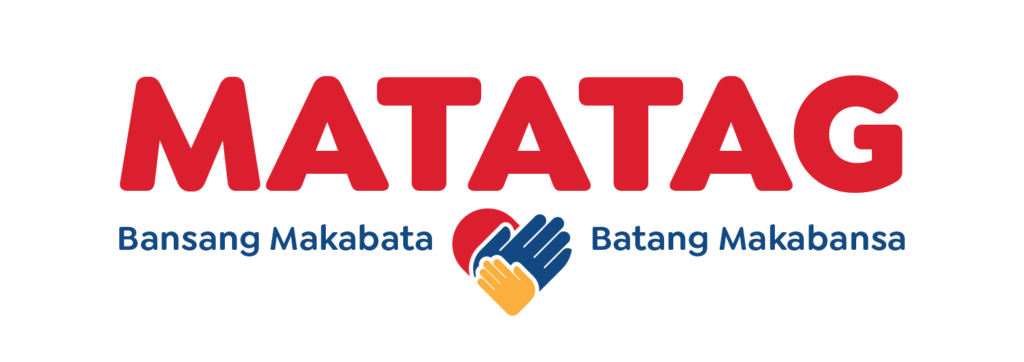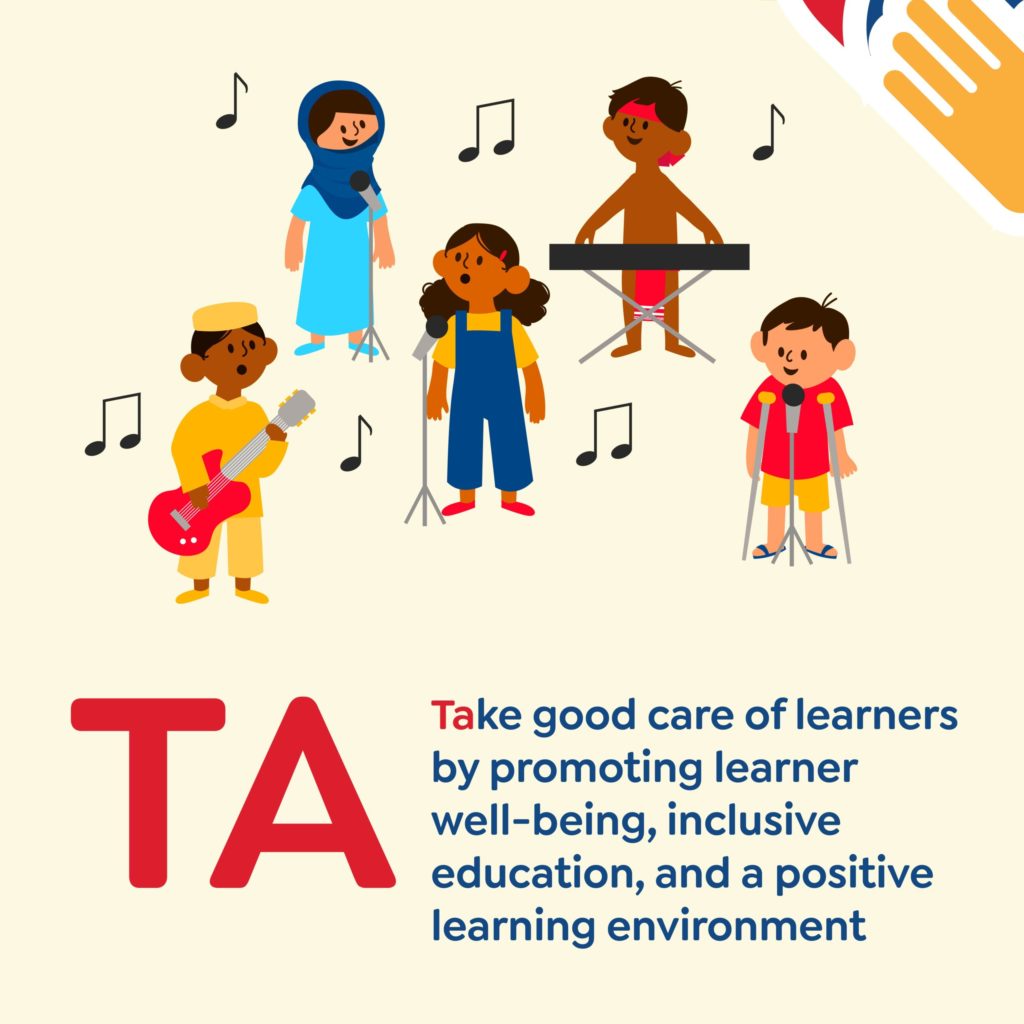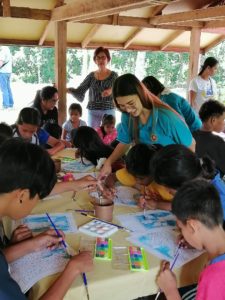The Ongoing Crisis of Philippine Education
The Philippine educational system has constantly been under fire for the last decade. Year after year, we hear reports of the poor performance of Filipino students in international educational assessments. The results from the 2018 Programme for International Student Assessment (PISA), a student assessment of 15-year-old learners across 79 countries done by the Organization for Economic Co-operation and Development (OECD), ranked the Philippines last in reading comprehension and in the low 70s for math and science. A June 2022 World Bank report stated that around 91 percent of Filipino children, aged 10 years old, suffered from learning poverty, meaning they could not read or understand simple text. Similar rankings among its neighbors, such as the Southeast Asia Primary Learning Metrics 2019 (SEA-PLM), also show Philippine education as being near the bottom. We have been overtaken by neighboring countries such as Indonesia, Malaysia, and Vietnam. Our top universities are also slipping in rankings on the international stage compared to two decades ago. It would be understandable to claim that the Philippines is having an educational crisis.
Many people, ranging from the common man on the street to the country’s top politicians, have chimed in with their opinions on the causes of the poor performance of Filipino students. One of the most common culprits is the lack of facilities. The issue of not having enough classrooms has always been raised year after year. This leads to a high student-to-classroom ratio: usually ranging from 40 students and above, being packed into one classroom. Textbooks and other learning materials are also lacking in supply in many public schools across the country, with some teachers even augmenting their classroom materials with materials sourced from their own pockets.

Another commonly cited reason is the effectiveness of the modern Filipino teacher. Apart from the lack of materials and facilities, there are other factors that affect how effective the Filipino teacher is inside the classroom. Teachers in public schools are often given non-teaching tasks in the school, such as gathering health data on learners and school demographics, during the start of the school year. Countless reports on student performance need to be submitted throughout the school year. These tasks are performed by the teacher, apart from preparing lesson plans and classroom teaching. The school’s work structure also has an impact on teachers’ effectiveness. While teaching has been considered a noble profession, sadly, not all of its practitioners are noble. The work culture in public schools has been an open secret for decades. Reports of teachers not doing their duties, of moonlighting during class hours, and of frequent absenteeism are not exactly unsubstantiated. The tolerance and prevalence of low performing teachers in schools have had a negative effect on those teachers who are earnest in their duties, and this tends to lower employee morale.
Poverty is also a major factor in the poor overall performance of Philippine education. Absenteeism is frequent among impoverished learners due to numerous reasons, among them malnutrition. Though the government has tried to alleviate this through school feeding programs, the problem persists. Some learners are also forced to work to provide additional income for their households, and many eventually drop out to focus on earning a living.
The MATATAG Curriculum

Amidst all these problems, the DepEd recently unveiled their latest revision to the Philippine basic education curriculum, dubbed the MATATAG curriculum, as an initial step in addressing the ails of Philippine education. The DepEd claims the new curriculum streamlines the K–10 curriculum to focus more on the fundamental skills of literacy, numeracy, and socio-economic skills. The number of subjects taken by learners in specific grade levels will be lessened to reduce the educational stress on learners so that more time and effort will be given to the fundamental subjects of reading and mathematics. The government agency has stated that the new curriculum will decongest the existing curriculum by as much as 70%. The DepEd also claims that the reduction of subjects and competencies, especially on primary levels, will also reduce the workload of teachers, giving them the necessary time to concentrate on teaching. There will be a staggered implementation of the new curriculum spread out over four years, beginning in the school year 2024-2025 and ending in the school year 2027-2028.
Notwithstanding the non-curricular problems that ail the Philippine education system, the MATATAG curriculum aims to provide a new framework on which to shape the future of the learners of the country. It hopes to address the lacking reading comprehension skills of today’s youth and strengthen the core competencies necessary to be able to match the skills of neighboring countries. However, it raises the question, is its approach the most suitable way to achieve these goals?
From the standpoint of an educational provider, some concerns about the revealed implementation of the new curriculum are raised. One of the most significant issues is learning continuity. The decision of the DepEd to roll out the new curriculum in staggered fashion affects continuity. A third of the student population will continue using the old curriculum for around 2 years, while another third will use it for a year before being moved to the new curriculum. How would the learned competencies of these students match up with the upcoming ones, especially now that certain learning areas have been compressed or decongested? Would some of those learned materials be eschewed, or would there be a learning gap going from one level to another?
Also, looking at the proposed subjects per grade level, Filipino is noticeably absent from the Kinder and Grade 1 levels. What is the reason behind this decision? Is the national language being relegated as a second-tier subject? How can we hope to foster nationalism if we do not place high importance on our native tongue?
Another thing to note is that the Grade 1 level has both Reading and Language subjects to improve English competency and yet compress these subjects into one as English starting on Grade 2. Why is it necessary to tone down this area of learning as the student progresses through the years? The subject of English is broad in scope and having two subjects allotted for it can only help improve its mastery. Language is necessary for structure and syntax while Reading is for the nuances of the language, like vocabulary and idiomatic expressions. While teaching English may seem unnationalistic, it is necessary to learn for our learners. Most manuals and college textbooks used in schools and the industry are mostly written in English. A good command of the language will help in proper comprehension of their content. It is also one of the current advantages of our workers in the international stage in having a good grasp of the English language.
It would be helpful If the DepEd give its rationale on the formulation of the new curriculum. Providing reference to studies and academic literature supporting its decisions on reducing the number of subjects and competencies can help alleviate any concerns regarding the effectivity of the MATATAG curriculum in achieving its goals of improving the learning competencies of the Filipino learner.
Much ground, with regards to necessary skills and competencies, has been lost by the Filipino learner through the years. Couple this with the existing problems in the Philippine education setup, it is imperative that the DepEd put its best foot forward in the development and implementation of a new curriculum to shape the future of our country’s learners.
Academ-e’s Response to MATATAG Curriculum

At Academ-e, we strive to keep abreast of the latest developments in the Philippine education landscape. While the MATATAG curriculum is a major change that would affect many stakeholders in education, Academ-e is more than ready to meet the challenge. One of the strengths of our approach is we designed our learning materials to be modular. Our Agile development team can easily modify, add, or correct individual lesson topics in a matter of days, unlike textbooks that require months if not years to change.
Our materials are robust enough to handle variations in curriculum as the modularity of the lesson materials allows for rearranging of topics, along with addition or reduction of subject matter to suit the needs of the students. It also supports different modalities of learning whether it be synchronous or asynchronous. Furthermore, we regularly refine our learning materials to remain relevant. We conduct continuous research in existing and emerging technologies and how we can use them to improve the learning process. New topics and competencies, well beyond those required by the DepEd, are constantly being added to our learning materials library. Come the following school years, Academ-e digital learning content will be ready to comply and extend DepEd’s new curriculum and do our part in increasing Philippine Education’s competitiveness in the Global stage.
For more information on Academ-e’s Primary Interactive Learning System, visit https://www.academ-e.ph or email inquiry@academ-e.ph.








